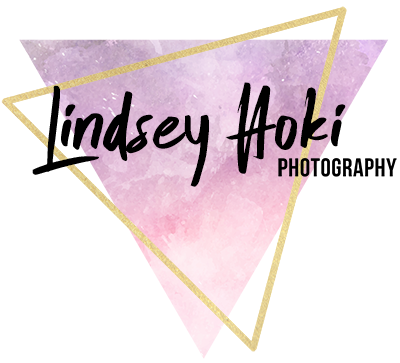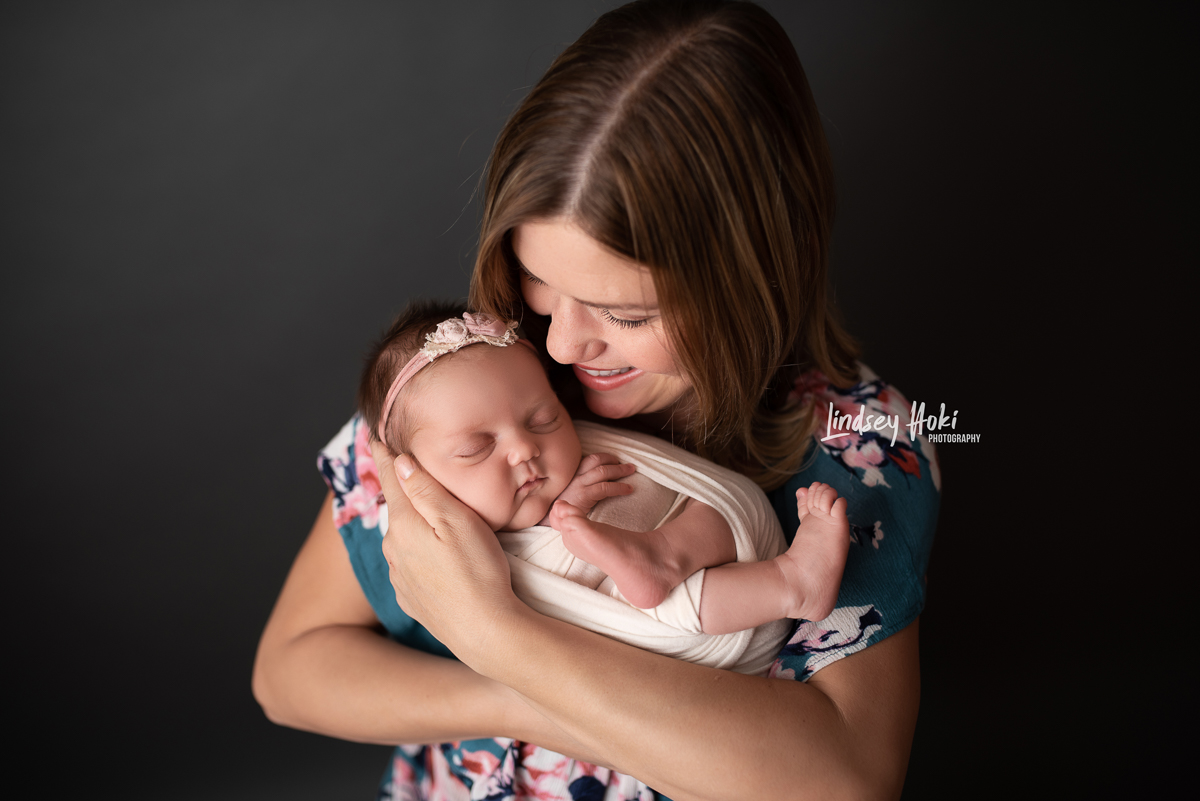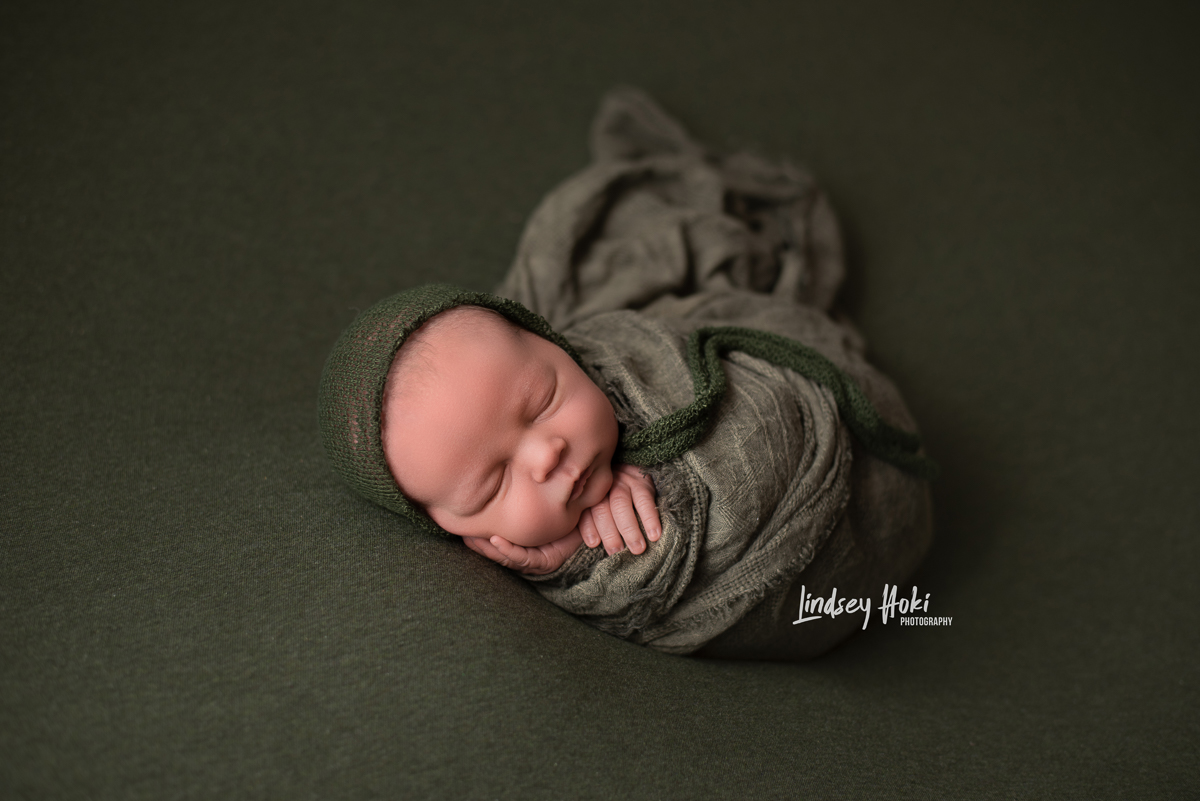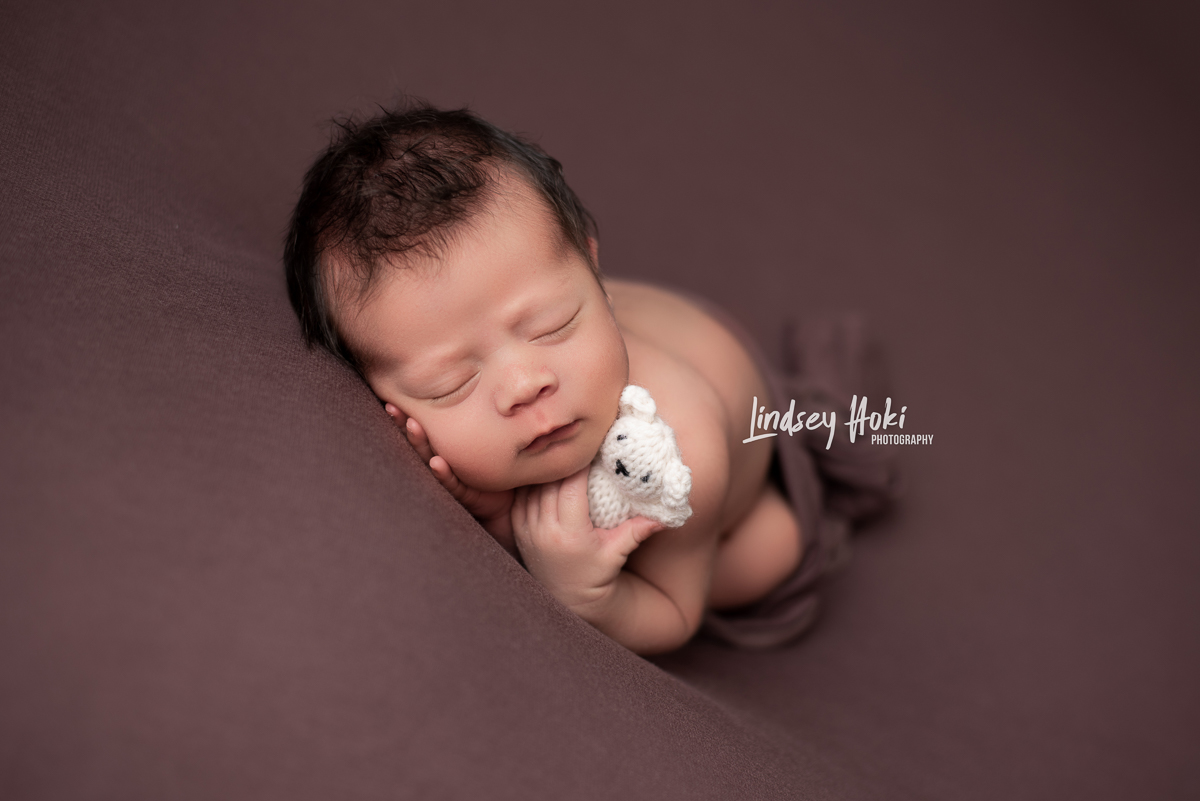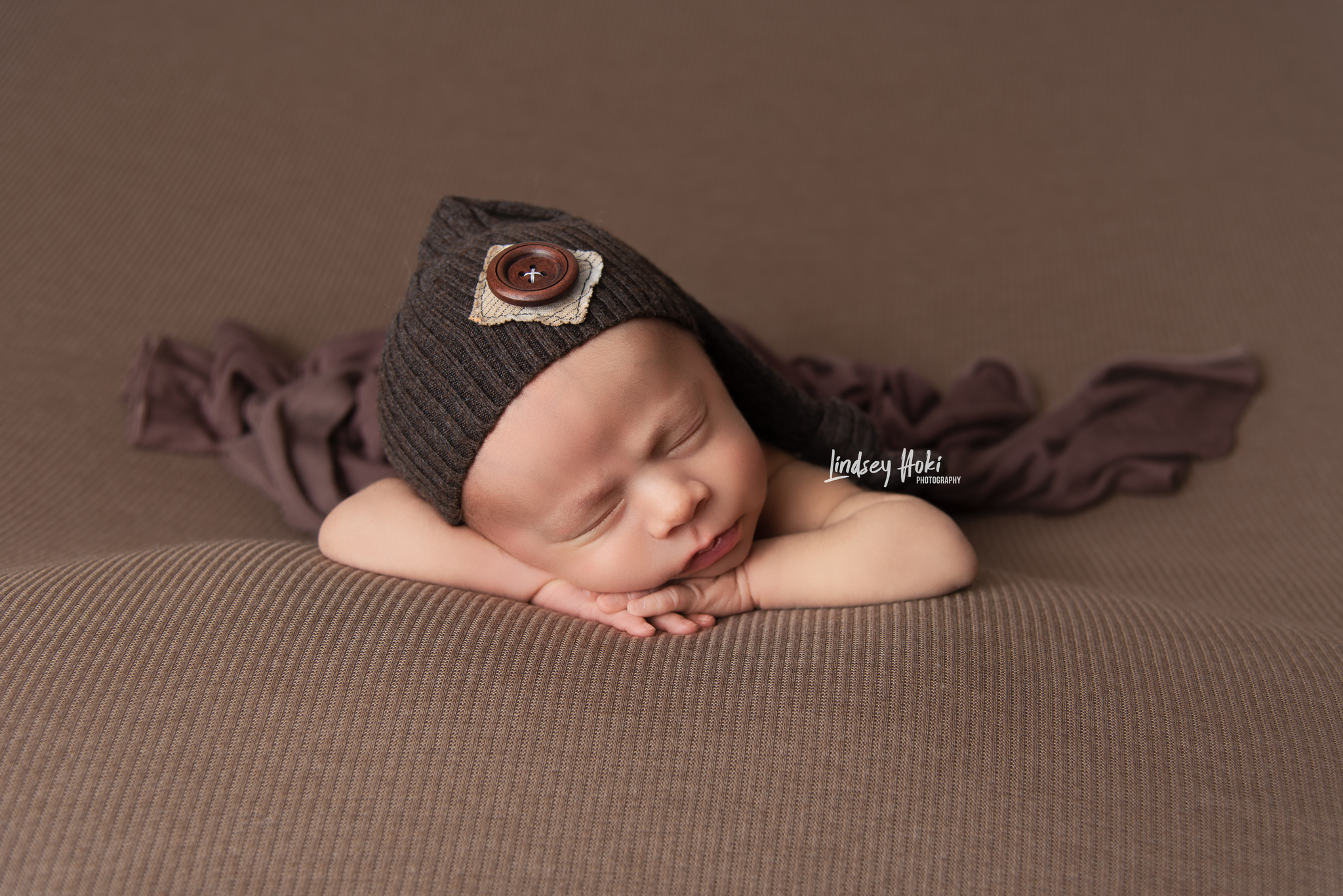
Being a newborn photographer is such a fun and rewarding job, but there is so much more to it than just picking up a camera and photographing a baby. First and foremost is the issue of safety.
Babies are people and not props. As a photographer, the baby’s life is literally in your hands and the baby should be treated with great care and as if they were your own baby.1 Newborn photographer, Stephanie Robin, writes, “nowhere else in photography do you have so much responsibility for a human life. Nowhere else are you handling someone so vulnerable…”.2 Newborn photographer Ana Brandt said, “there is no amount of money in the world that will make up for the loss or injury to a newborn baby or child”.2 Photographers should always make sure the baby is comfortable during the session.1 Newborns are very fragile and there is a lot to learn when it comes to posing and working with them.
There are only a limited number of poses that a baby can do physiologically.1 When learning, it is not necessary to know how to do every pose. Variety can be accomplished by photographing the baby using different angles. The same pose can be done on a fabric backdrop, in the parent’s arms, or in props.1 Some examples of popular poses are supine, side-lying, bum-up, taco, forward-facing, potato, and froggy. Potato and froggy pose should always be done as a composite image due to the increased risk of positional asphyxiation or injuries to the baby. For more information on this: Click HERE
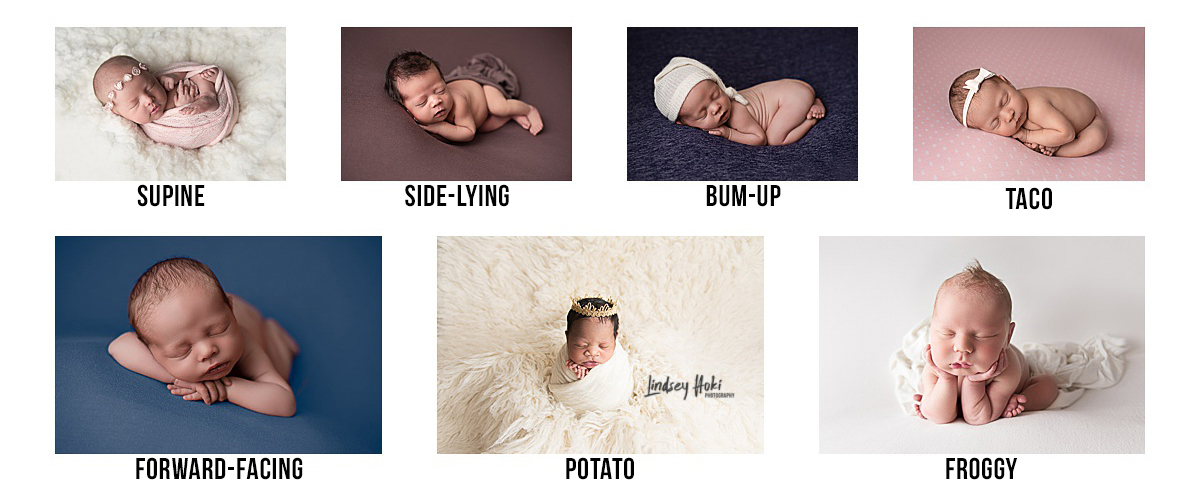
Always err on the side of caution and put the baby’s needs and temperament first. Never force a baby into a pose. If the pose is not working, move onto a different pose. Each baby is unique and will have different ways that they are comfortable.3
Newer photographers should begin simpler, with a less-is-best approach. Photographer, Robin Long suggests, when learning newborn photography, start with easier poses of side and tushie poses, and then move on to the chin and taco.4 Photographers should practice the basics of posing and lighting before bringing in more props and advanced poses.5
Newborns cannot support the weight of their head, therefore, when posing the baby, it is crucial to support the head to prevent injury.
A spotter should always be next to the baby and the session should never be done alone.2 If you are just starting out as a photographer, or unable to afford an assistant, use the parents or a friend as a spotter. Photographer, Ana Brandt explains that “it is impossible to keep your eyes on the camera and a newborn baby to full capacity at the exact same time”.2
If the photographer needs to walk away a parent or assistant should come and sit by the baby. If the photographer is looking away from the baby, such as when talking to parents, hands should be on the baby. If you are uncomfortable with or lack experience with a pose the parents are requesting, then you do not have to do it. Do not be afraid to say no! Spotters should always be used for prop shots. Whoever is spotting the baby should always have their eyes on the baby and should not be afraid to get in front of the shot if the baby is unsafe.6
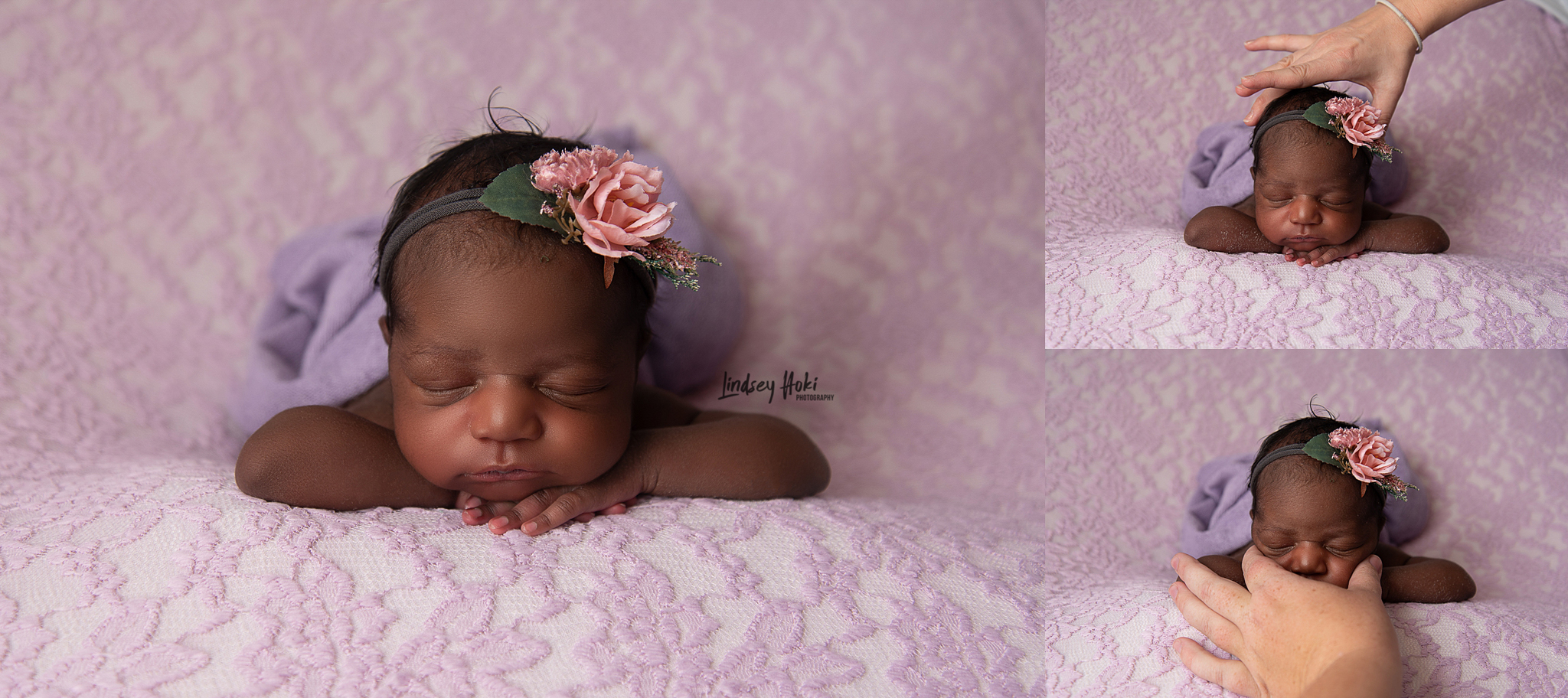
Many of the newborn poses you see are composite images, combining more than one image, images with a spotter, or are manipulated in photoshop. Newborns should never be balanced in positions while photographing.3 Knowledge of photo editing software is required to do the more complicated poses safely. If you do not have the knowledge to combine the images yourself, you can outsource your images to a company for editing. Composites should be used whenever the baby could be unstable, or needs the support. Froggy pose and potato pose should always be done using composites. Below is an example of how the froggy pose and potato pose are safely achieved.
The original photographer of a photograph may have used composites—multiple shots combined to make one shot—in order to produce the image in a safe way, but people looking at the photo will be tricked by the illusory photographic techniques, not have the same skills or knowledge and inadvertently put the baby at risk.3
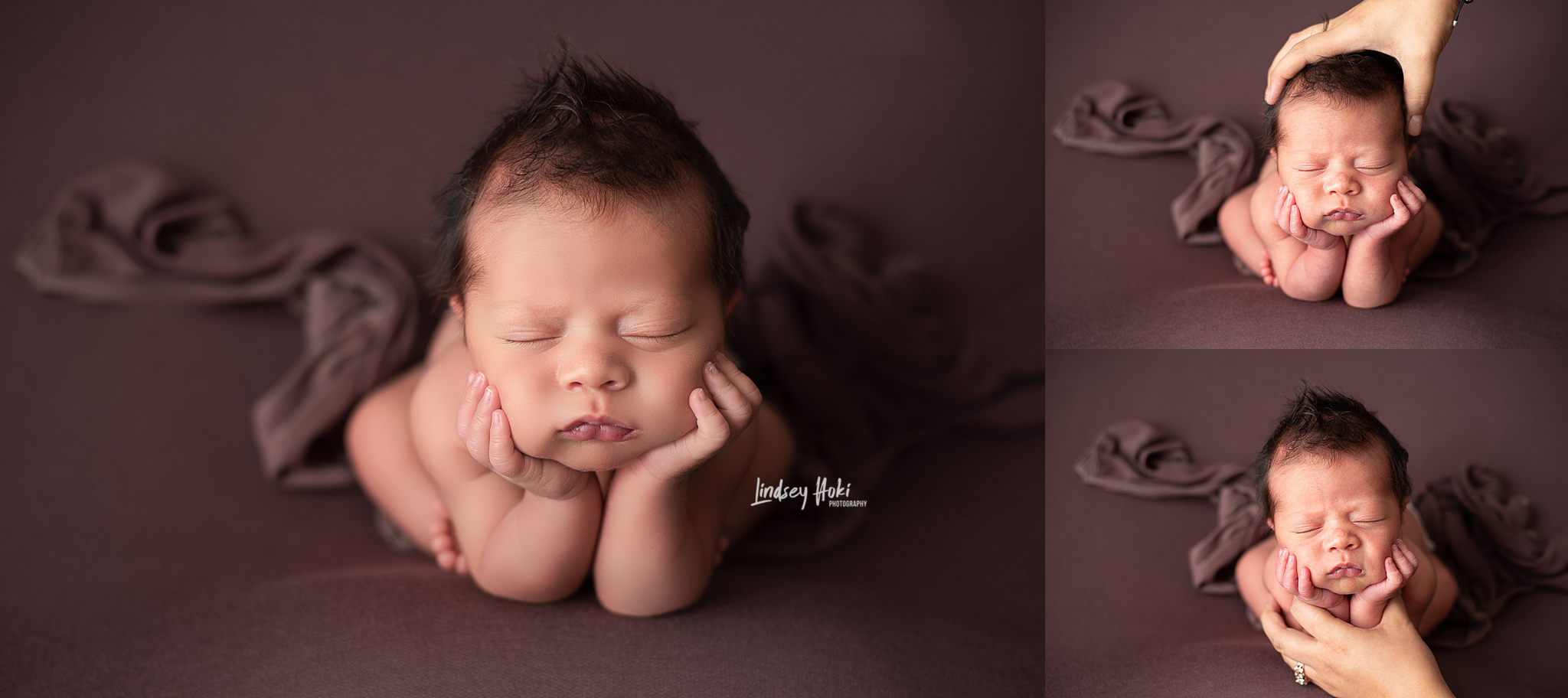
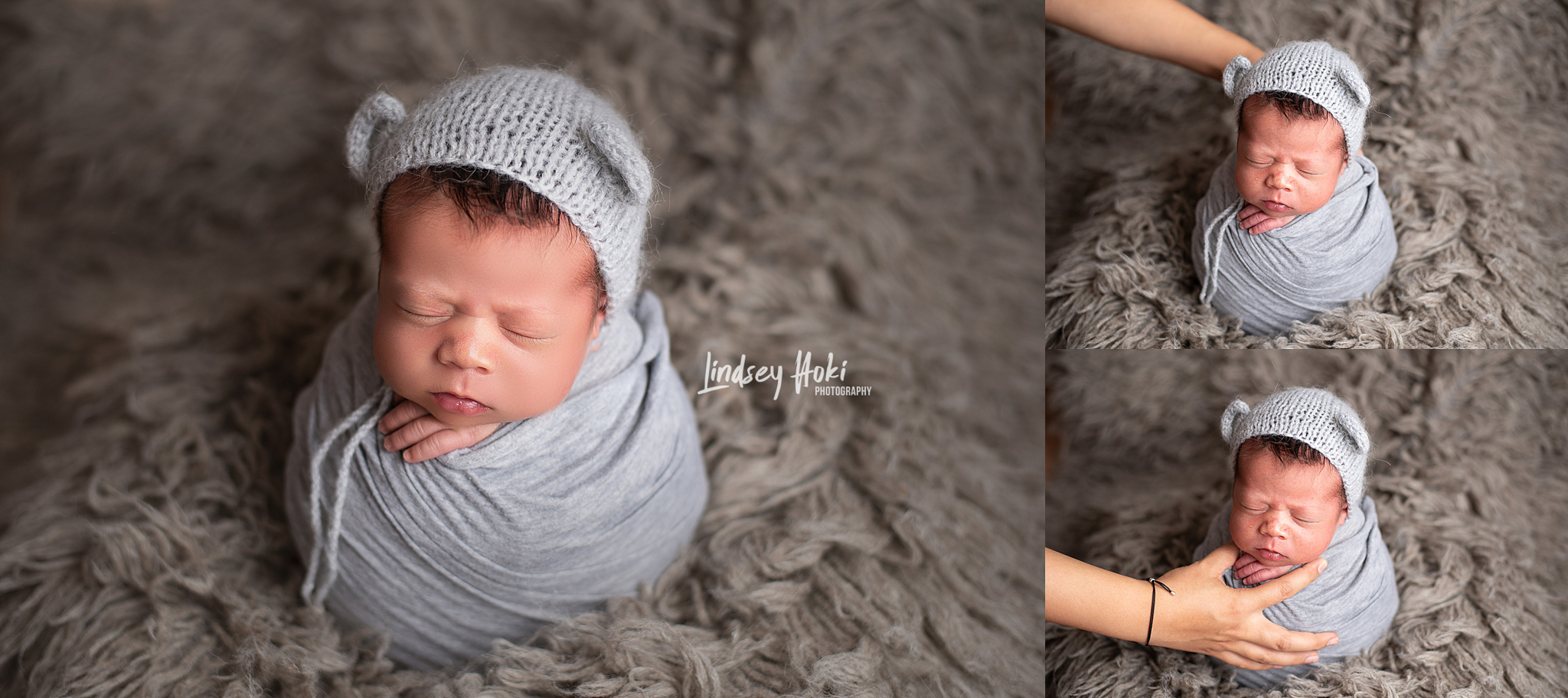
It is best to take the safest route and be precautious. Stephanie explains that a technique a photographer is using may be working, or be safe, but the safest option should be done. Stephanie says, “I’d be willing to bet that 10 out of 10 parents if you said to them would you prefer that I use this method which I deemed to be safe enough or this method which I know to be safer, which one would you want me to use with your brand-new baby? Ten out of ten are going to tell you they want the hands-on support”.2
Often photographers feel the pressure to make every session different than the last and feel like they have to constantly try new things, but that is not the case.3 There is “a general sense that complicated poses or setups are necessary to achieve greatness in newborn portraiture”.1 Parents are not usually looking for something super original or unique, they just want pictures, featuring their baby, that is consistent with the portfolio and style of the photographer they have chosen.
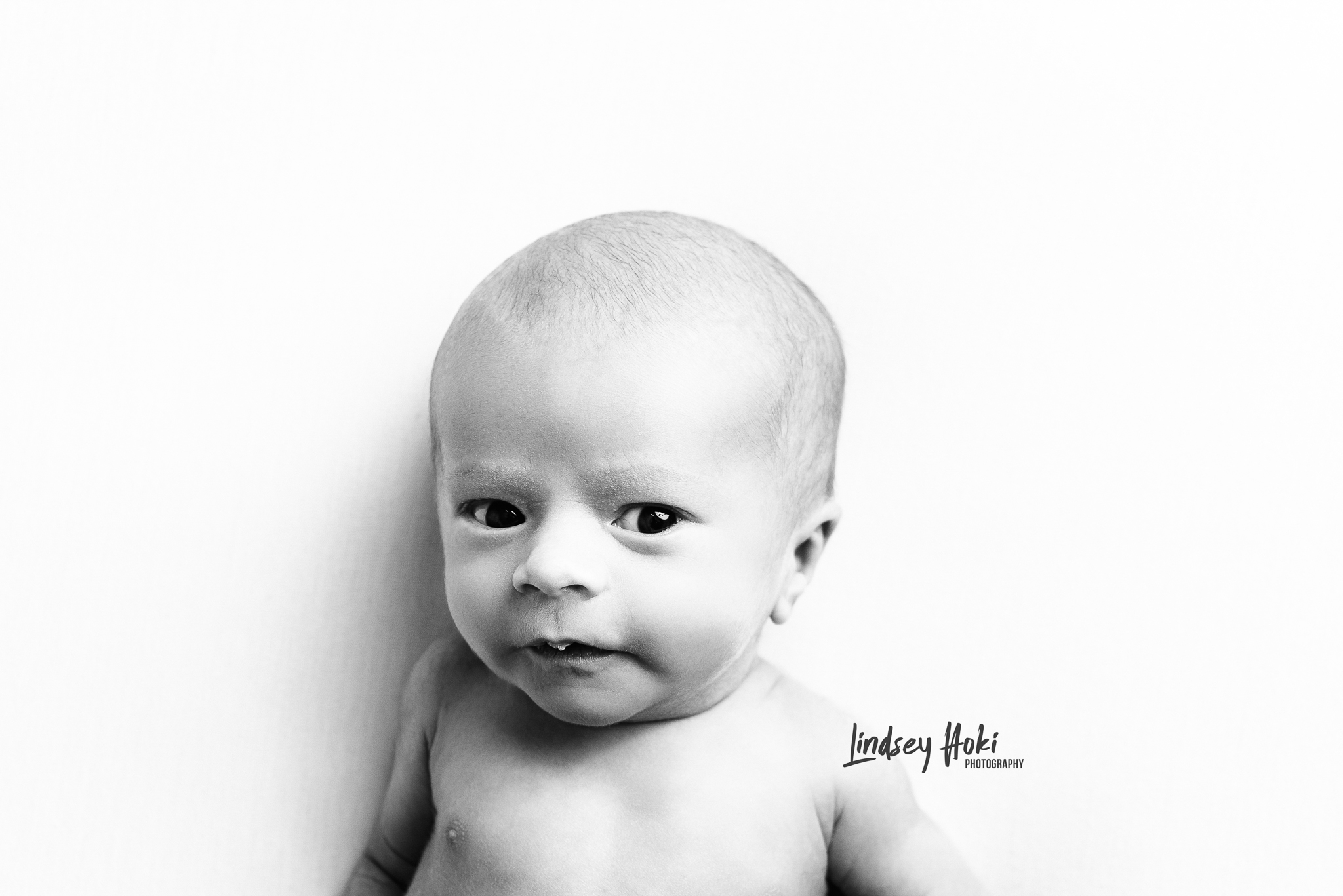
I have seen a more recent switch in trends to simplified prop set-ups and poses, focusing more on the baby and their features. Stephanie explains that pictures that are relatable to the parents’ day-to-day lives, and typically the more natural poses, resonate with the parents more than complicated sets.1 Stephanie states that parents really want, “sweet imagery of their baby’s expressions, a few of their inquisitive eyes, captures of their tiny features and to somehow demonstrate their love for their baby through imagery”.1 Close-up, detail images are great to capture and do not require advance posing or techniques.
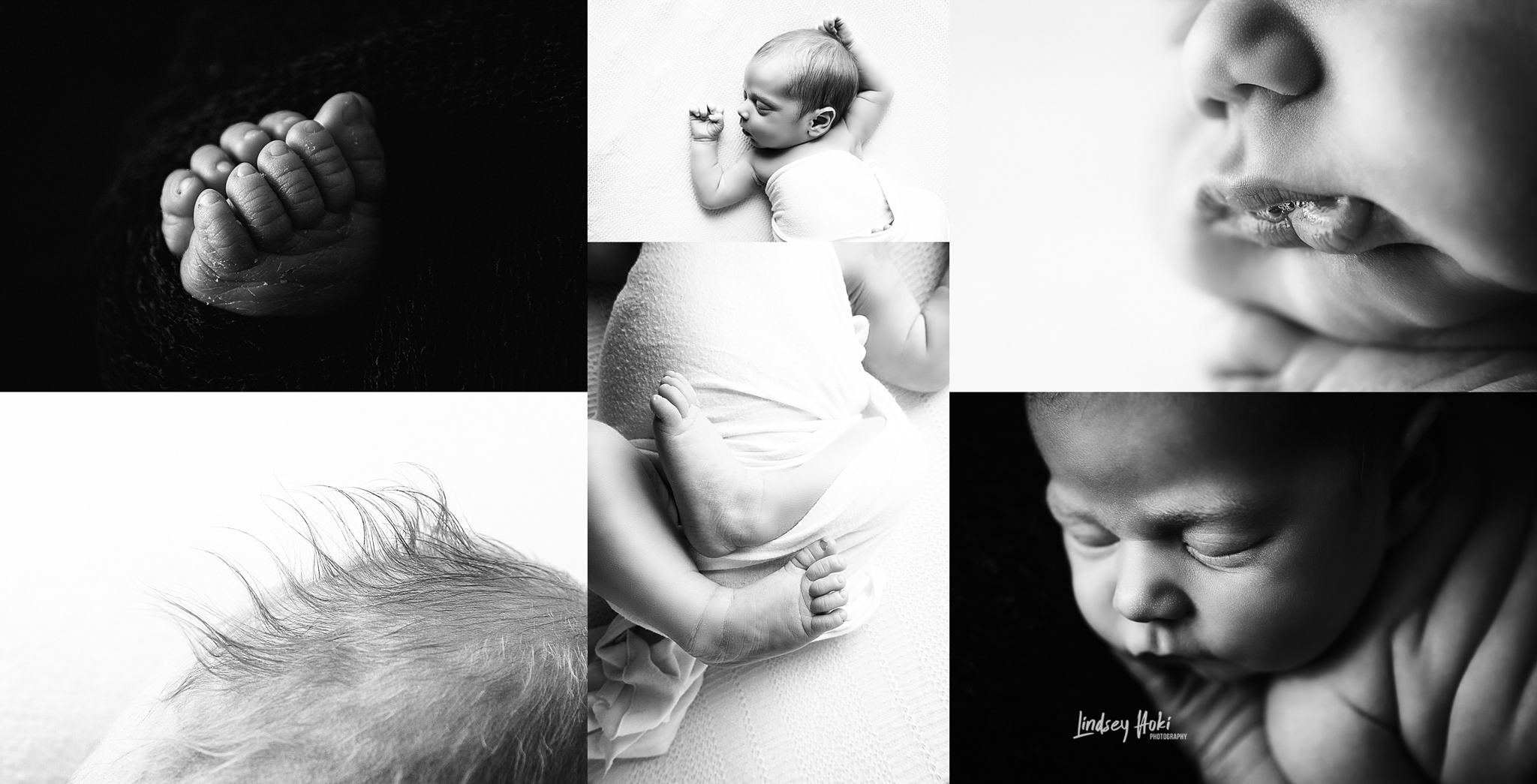
Moving the baby and keeping them relaxed from pose to pose can be challenging. Keeping them warm, full, and comforted with the use of using white noise can help. You can also help settle the baby by gently swaying them back and forth, shushing them, and waiting for them to settle. A pacifier can be a helpful tool if parents allow it to be used. With a content baby, it is best if you can transition through the poses without the disruption of picking the baby up, but if the baby needs to be comforted or fed it is appropriate to take a break.4
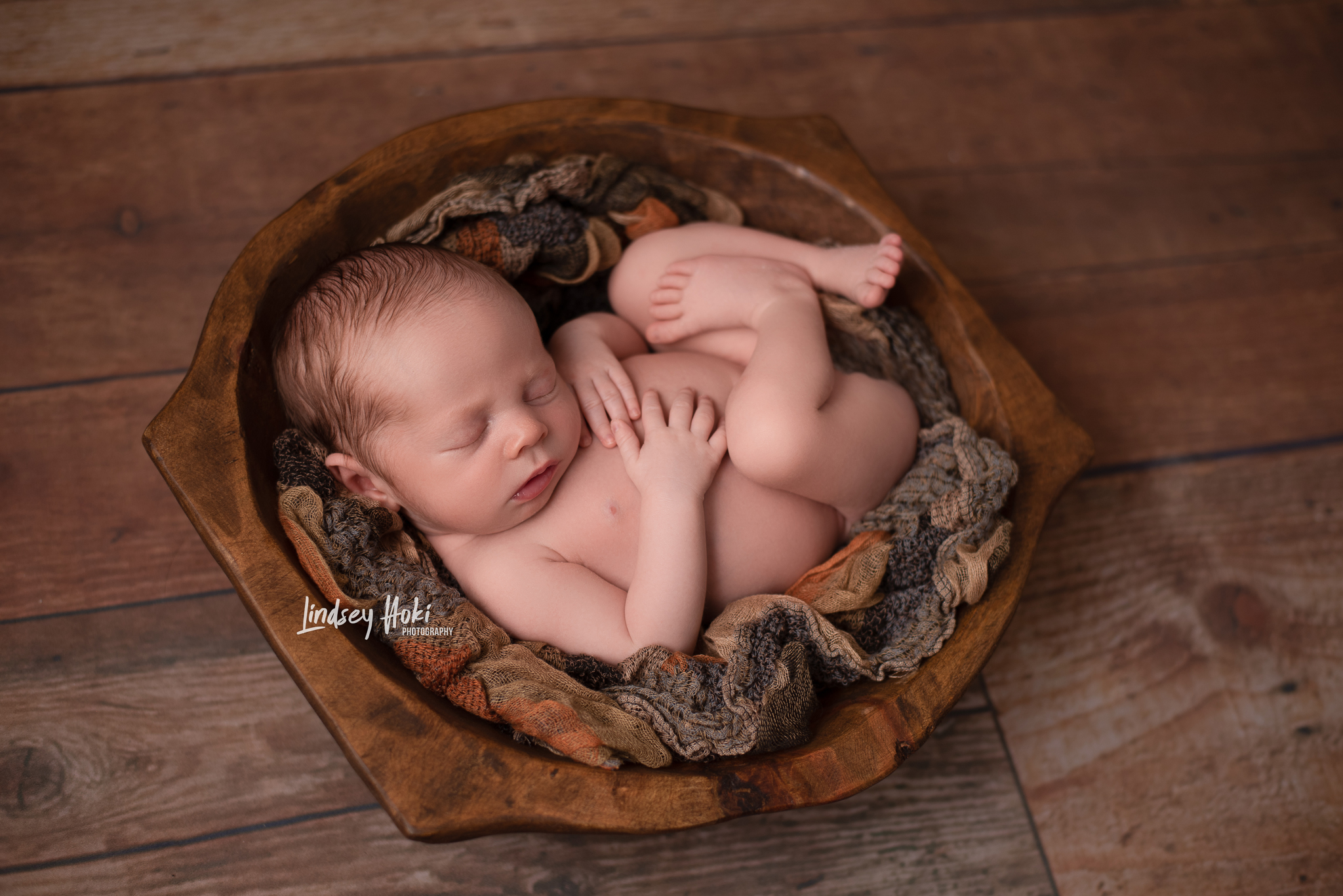
It is important to watch the baby’s cues throughout the session to keep them safe and comfortable. Babies have reflexes that can put them at risk when posing. For more information on newborn cues, soothing, and startle reflex: Click HERE.
By wrapping the newborn, it is easy to get a variety of images quickly. Multiple wrap layers help to keep the baby contained and it is easy to just switch the top wrap color for variety. Wrapping also is a great tool to help soothe the baby and is often used for awake babies to prevent their hands from blocking their face. There are many different ways to wrap the baby, but the most important thing is to make sure to do it snug, but not too tight. The wrap should also never come directly around the baby’s neck. While the baby is wrapped, it is important to keep watching for any signs of overheating, circulation problems, or restricted air-flow.
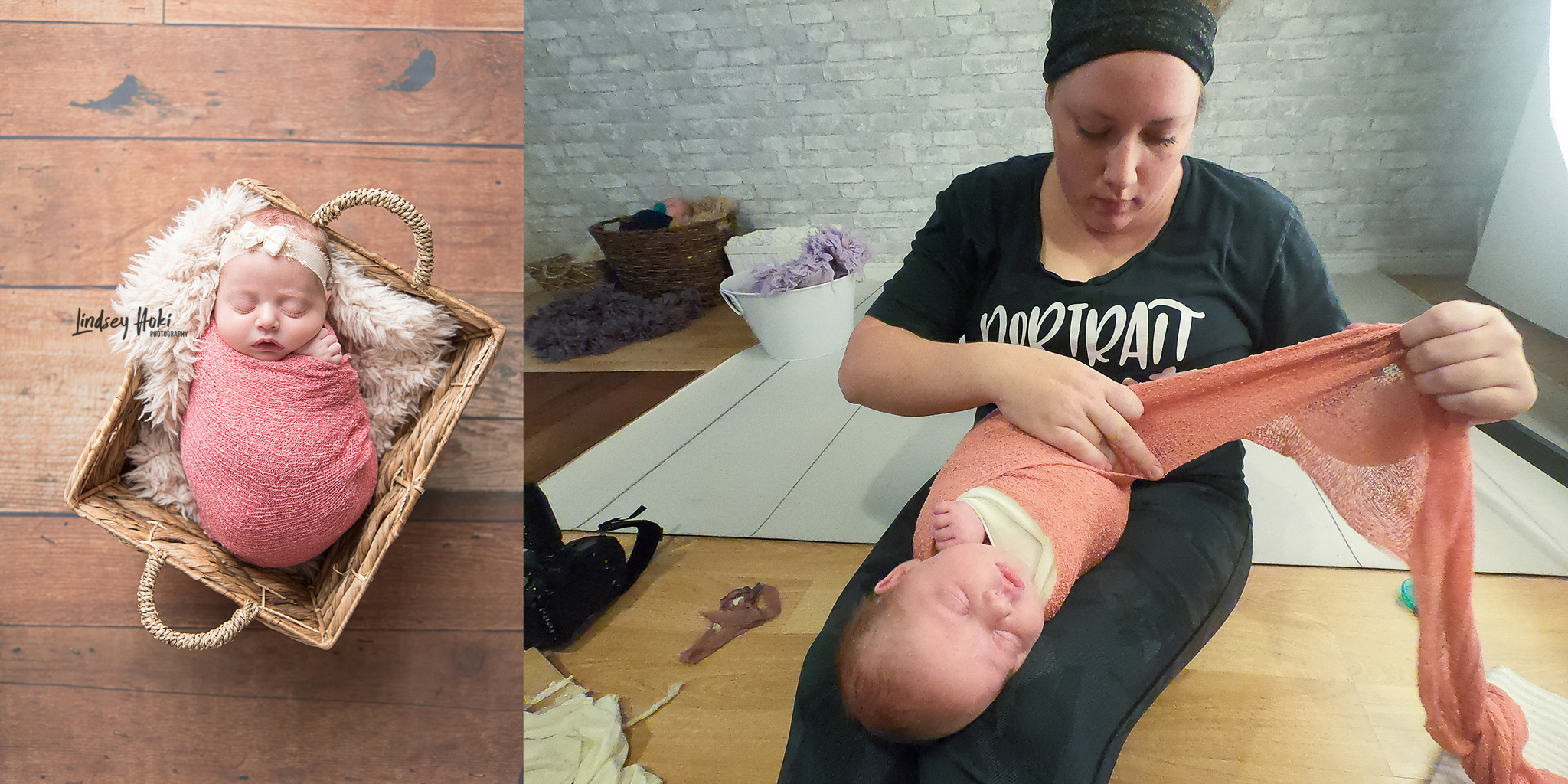
Using different angles to optimize the variations of pictures you can get in each pose, increases efficiency and keeps session time to a minimum. Different props, angles, and composition can give variety easily. Try for four to six images from each pose by using different variations.4 By getting variety from the same pose, you are reducing the movement and pose changes for the baby which will help them to be calmer and likely sleepier.
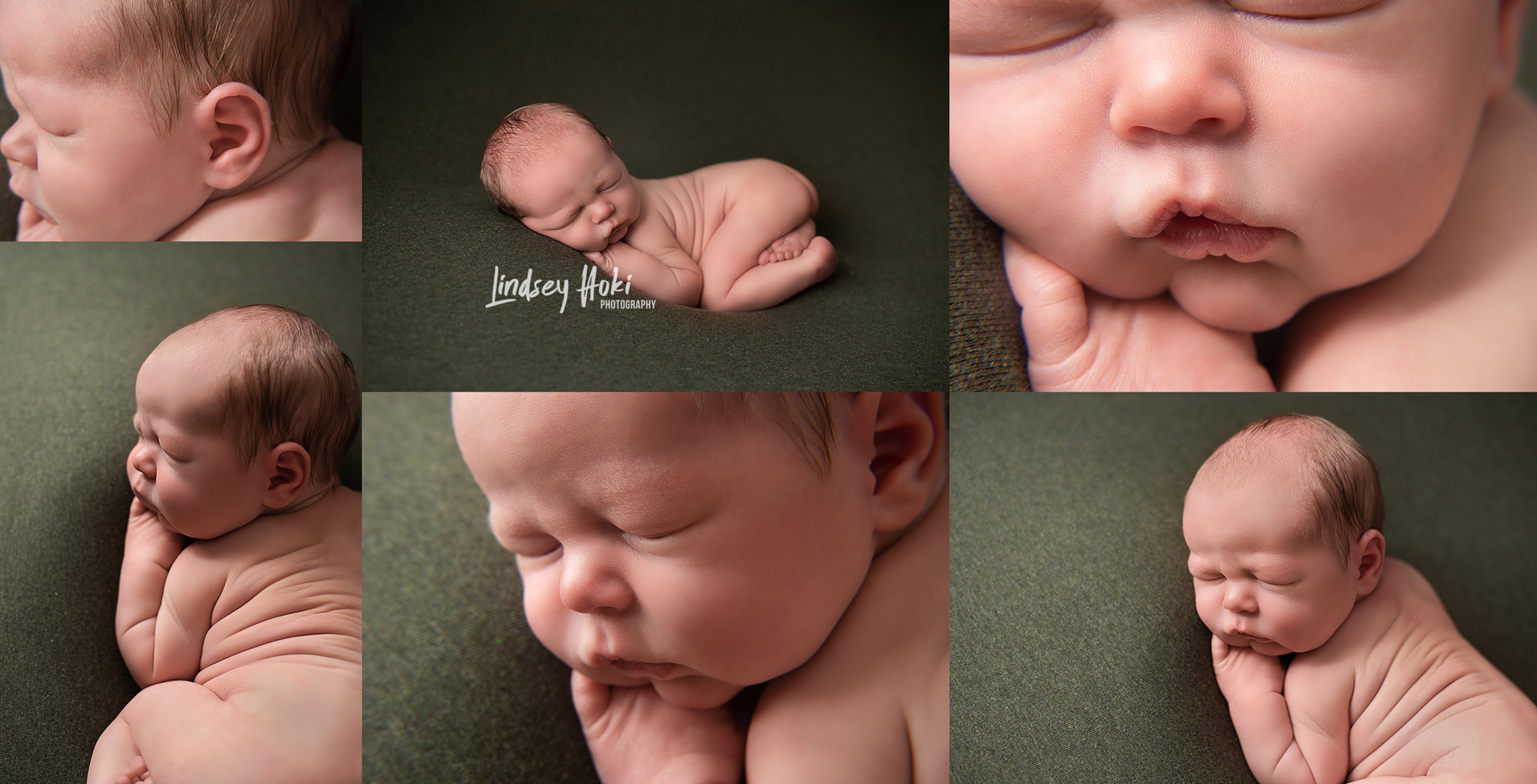
Safety should always be at the forefront of your mind and the number one priority. Please use care when working with infants and do not attempt anything you aren’t sure about.
Sources
- Buckman, S. (2012, November 08). Newborn Safety Week 2012! Retrieved from https://www.napcp.com/2012/11/08/newborn-safety-week-2/
- Brandt, A. (2017, July 05). Retrieved July 28, 2019, from https://www.youtube.com/watch?v=qLn5InfFb0U
- Squires, M. (2018, April 20). How to keep baby safe during a newborn session. Retrieved from https://www.clickinmoms.com/blog/safety-considerations-for-newborn-photography/
- Long, R. (2013). Newborn posing. Natural Newborn Baby Photography: A Guide to Posing, Shooting, and Business. [electronic resource]. Peachpit Press. Retrieved from http://search.ebscohost.com.ezproxy.uvu.edu/login.aspx?direct=true&db=cat07712a&AN=flc.303455&site=eds-live
- SCHMIDT, C. (2014). Baby Boom. Digital SLR Photography, (93), 43. Retrieved from http://search.ebscohost.com.ezproxy.uvu.edu/login.aspx?direct=true&db=f6h&AN=96888525&site=eds-live
- Long, R. (2013). The planning stage. Natural Newborn Baby Photography: A Guide to Posing, Shooting, and Business. [electronic resource]. Peachpit Press. Retrieved from http://search.ebscohost.com.ezproxy.uvu.edu/login.aspx?direct=true&db=cat07712a&AN=flc.303455&site=eds-live

